Quick Facts
The diencephalon is a part of the prosencephalon, or forebrain, and it is located just beneath the cerebrum and above the midbrain, connecting the two. It acts as a very important relay station for and integrator of sensory information travelling to the brain for further processing. It is also involved in the regulation of a number of autonomic functions such as sleep/wake cycles, thermoregulation and hormonal homeostasis.
The diencephalon is primarily composed of the thalamus, the hypothalamus, the subthalamus and the epithalamus. The diencephalon also includes important structures involved in hormonal control, including the pineal body and the pituitary gland.
The thalamus is responsible for receiving, organizing and relaying sensory information traveling to higher parts of the cerebral cortex for processing. The subthalamus lies beneath the thalamus and is involved in motor functions, while the epithalamus connects the limbic system with other parts of the brain.
The hypothalamus is responsible for regulating hormonal homeostasis through its interaction with the pituitary gland and for controlling hunger, thirst, sleep, temperature and circadian rhythms.
Related parts of the anatomy
Learn more about this topic from other Elsevier products
Diencephalon

The diencephalon constitutes the caudal part of the forebrain and appears as a narrow cylinder in which the third ventricle is covered dorsally by a choroid plexus and conspicuous habenular ganglia.




